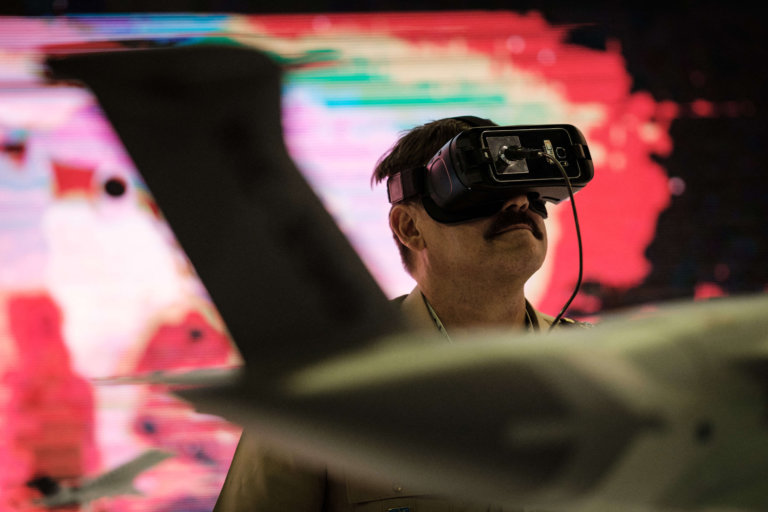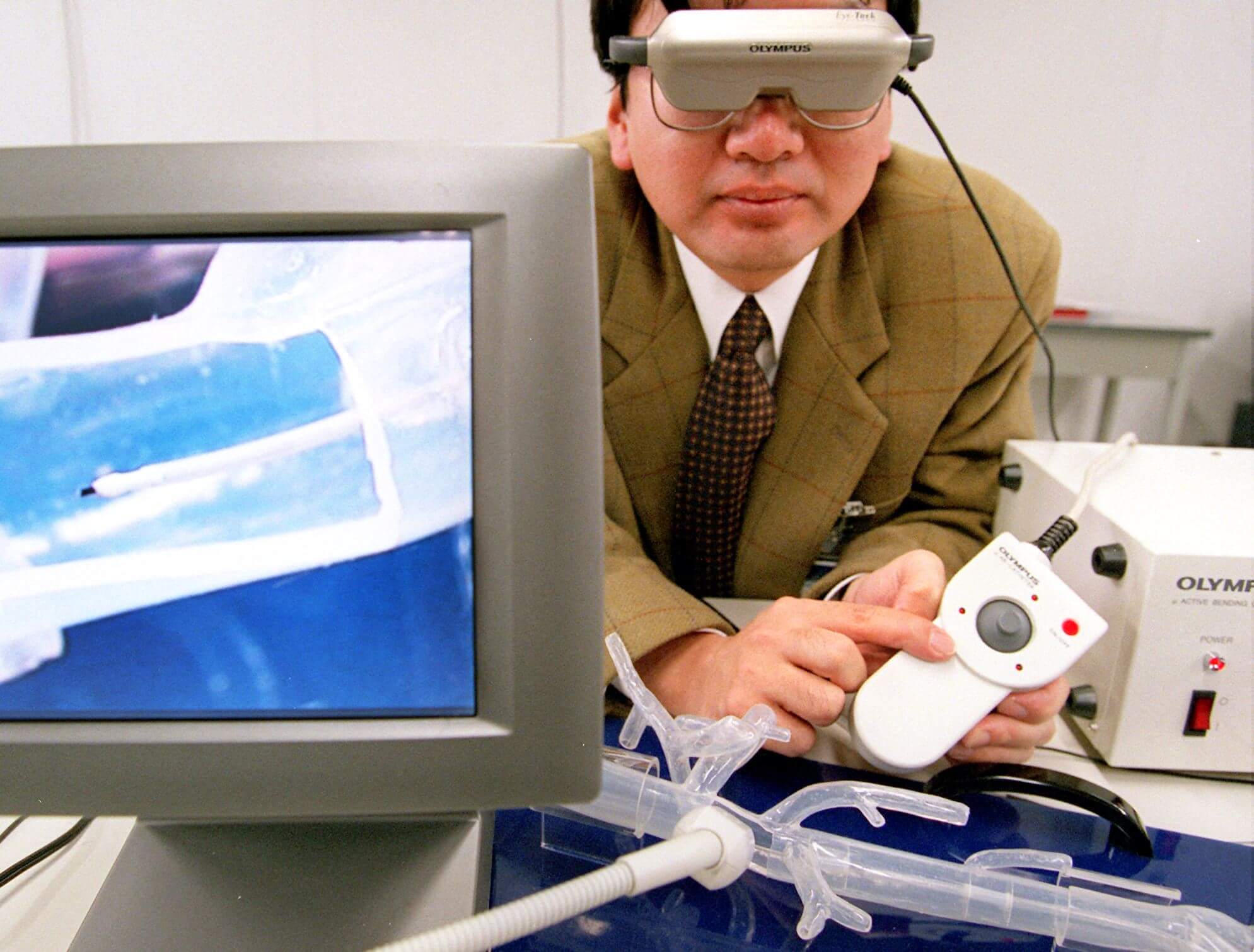
What does a camera, an LED, a display, a lens, a laser all have in common? An optical system. Someone who has a degree in optical engineering makes the optical system world go round by applying the concepts of optics to research, design and develop applications.
This field of study is a mix of physics and engineering that studies the way light is produced, transmitted, detected and measured. Who can you look up to in this field? Jean-Angelo Beraldin is an award-winning optical engineer who stands out.
Alongside his colleagues, he’s come up with laser scanners that help big companies like NASA crews to inspect shuttles for space. He also focuses on cultural artefacts where his scanners can take pictures of every single detail in an old painting. Beraldin once spent two nights analysing Leonardo Da Vinci’s “Mona Lisa” painting using his lasers. Apart from space and Renaissance masterpieces, he also scans tombs, caves, paintings, sculptures and so forth.
If you aspire to follow his path, a master’s degree in optical engineering is a good start. Here’s what you should know before applying:
Entry requirements
A master’s degree in optical engineering prepares you specifically for a job in this industry and to apply for this programme, a bachelor of science in science or engineering is required. This gruelling course will typically have you complete 36 credit hours of coursework and 12 credit hours of thesis work.
What you’ll learn
The objective of this programme is to prepare you to advance in the field of physics or optical engineering. You will learn about biomedical signal processing, optoelectronics and biomedical imaging, and more. Along with formulating, analysing and solving complex engineering problems, you’ll also develop the ability to conduct experiments.
At the University of Arizona, students get to work with professors on significant projects like the the Large Synoptic Survey Telescope, Giant Magellan Telescope and OSIRIS-REx, an unmanned probe set to launch in 2016 and land on and sample an asteroid before returning to Earth. At UCD Dublin, students can participate in professional work experience for six to eight months of their two-year programme.

Researcher Hideyuki Adachi of Japan’s optical maker Olympus, wearing a head mount display, operates a micro catheter with a diameter of 1.5mm through a model of a blood vessel at the company’s basic research laboratory. Source: Yoshikazu Tsuno/AFP
Where to go after
As a graduate with the know-how to design and test devices that use optics (cameras, lasers, microscopes and refractometers), you can apply your skills across a large section of different industries. This includes agriculture, aerospace, computers, entertainment, lighting, medicine, and oil and textiles to name a few. The median salary for an optical engineer is US$91,049 for 2020 according to the US Bureau of Labour Statistics.










